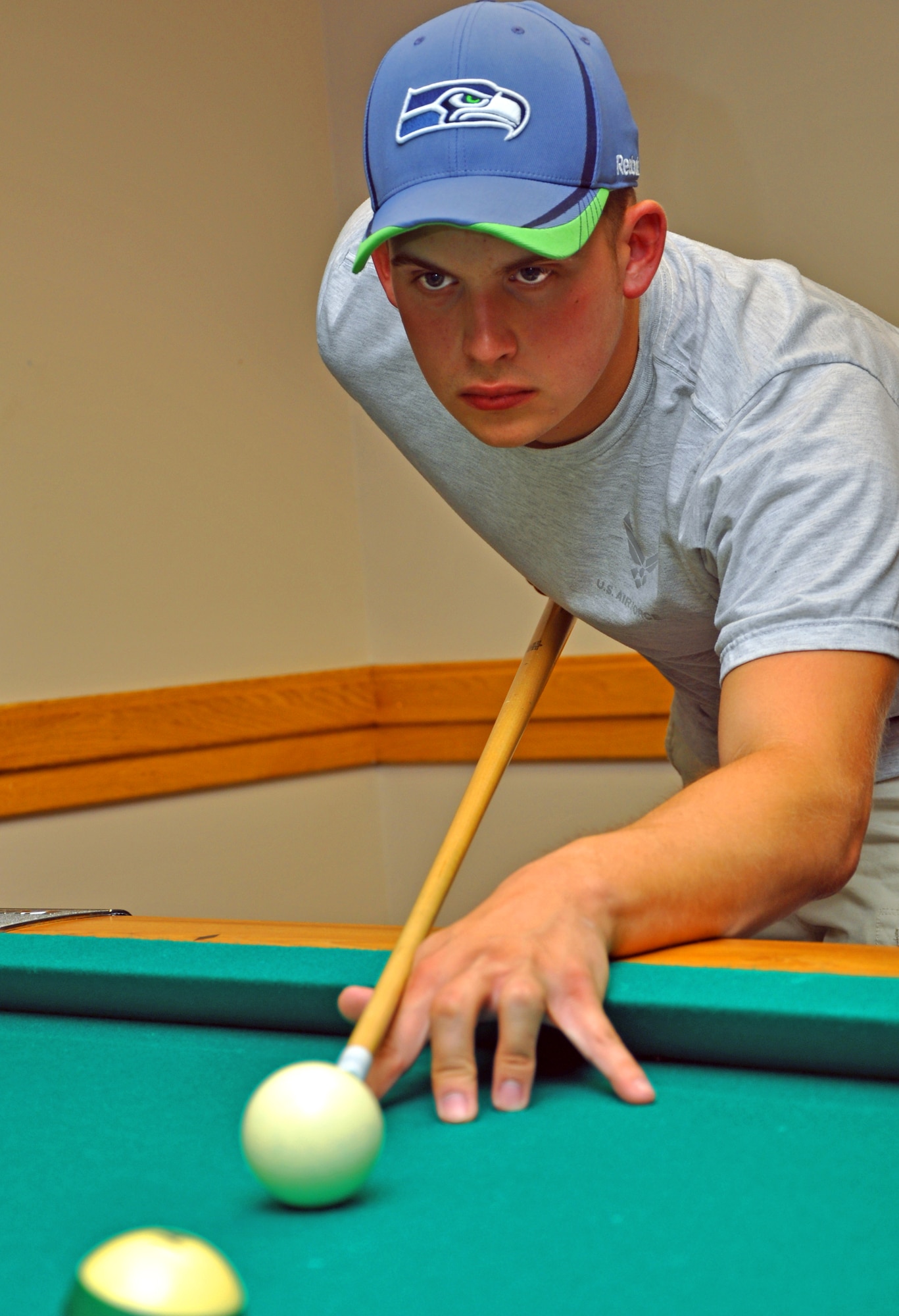Things of Interest
페이지 정보
작성자 Luther 작성일 24-09-26 16:40 조회 4 댓글 0본문

The commercial lever lock mechanism dates back to the early 19th century Chubb lock (and, indeed, to well before). In a lock with six pin stacks with a uniform chance of a pin setting at either shear line, the probability of a picked lock actually opening is only 1/64. Picking techniques for these locks involve the use of special torque tools designed to put torque on only one of the two concentric plugs. The disks are connected in sequence via interlocking cams such that one rotation of the dial engages the first disk, two rotations engage the second, and so on. These locks are no more or less inherently secure than standard pin tumbler locks, although the external exposure of their pins makes picking them (and designing sophisticated picking tools for them) somewhat simpler. An alternative technique, which I have not seen mentioned in the literature, is to first determine which pin stacks have security pins and which have regular pins (by picking normally and noting which stacks are false set).
In addition to making picking more difficult, secondary locking mechanisms are sometimes also intended to make it more difficult to reproduce unauthorized copies of keys. Each wafer has a large rectangular cutout through its middle and through which the key passes; the precise height of the cutout keys the wafer to different bittings. You do not need to master them all, and it is certainly not necessary to accumulate a large collection of different rakes. The large board has locks with eight different keyways, representing many of the most common keyway designs used in the US. Apply very light torque while energetically moving the sawtooth rake in and out of the keyway. If the wafer is set too low by the key, it blocks rotation by extending out through the bottom of the plug, while if it is set too high, it extends out the top. A process out of a thing? Civilization suffers easily from too much of a good thing. Now release torque and start over, taking care to pick all the pin stacks with spool/mushroom pins while leaving at least one regular pin stack unset (this will require a light touch and good sensitivity). The training locks in the lab are a good start, but you will probably learn more quickly if you have access to your own personal practice locks as well.
High security locks are more routinely installed in Europe than they are in the United States. Most pin tumbler cylinders can be "master keyed" to allow more than one key bitting to operate it. And this can lead to the most disastrous results. We imagine ourselves to be results of the past. Because at last you find yourself in the center, the eternal now, in which past and future drop away, in which divisions created by words drop away. So, you see, what is billiards we’re always passing the buck and don’t realize that the past is caused by the present as the wake of a ship flows back from the prow. And it’s especially useful if you don’t happen to have a gong. Because if you don’t, it’s useless to make plans. It’s not the ordinary sort of self-improvement procedure. It is a sort of Buddhist rosary. The most obvious major drawback with this method is that right now there aren't even theories as to how you could possibly build rocket engines of the sort proposed here. Just what sort of a person are you?
Some high security locks, such as those manufactured by Abloy and Abus, use round disk tumblers that are rotated into position by a specially designed key bitted with angled cuts corresponding to each tumbler. They require special picking tools to manipulate the tumblers and apply torque. If the shear line is within this gap as torque is applied, it may set. The serrated section tends to false set and jam as long as torque is applied. The serrated section falsely sets and jams as long as torque is applied. Note that excessive raking with any of these techniques will tend to overset pins, so be prepared to release torque and start over from time to time. The most comprehensive treatment of raking techniques I've found is in the Finch Manual of Lock Picking, although other authors have different perspectives on the subject. The design is based on the late 18th century British Bramah lock (still in production and use today). Schlage Primus locks also use a sidebar. Very "wavy" rake picks can simulate various key profiles, and can be surprisingly successful at opening poorly-made locks. Serrated pins can be very difficult to neutralize.
- 이전글 Nine Things That Your Parent Taught You About Mesothelioma Litigation
- 다음글 출장안마? It is easy If you Do It Good
댓글목록 0
등록된 댓글이 없습니다.